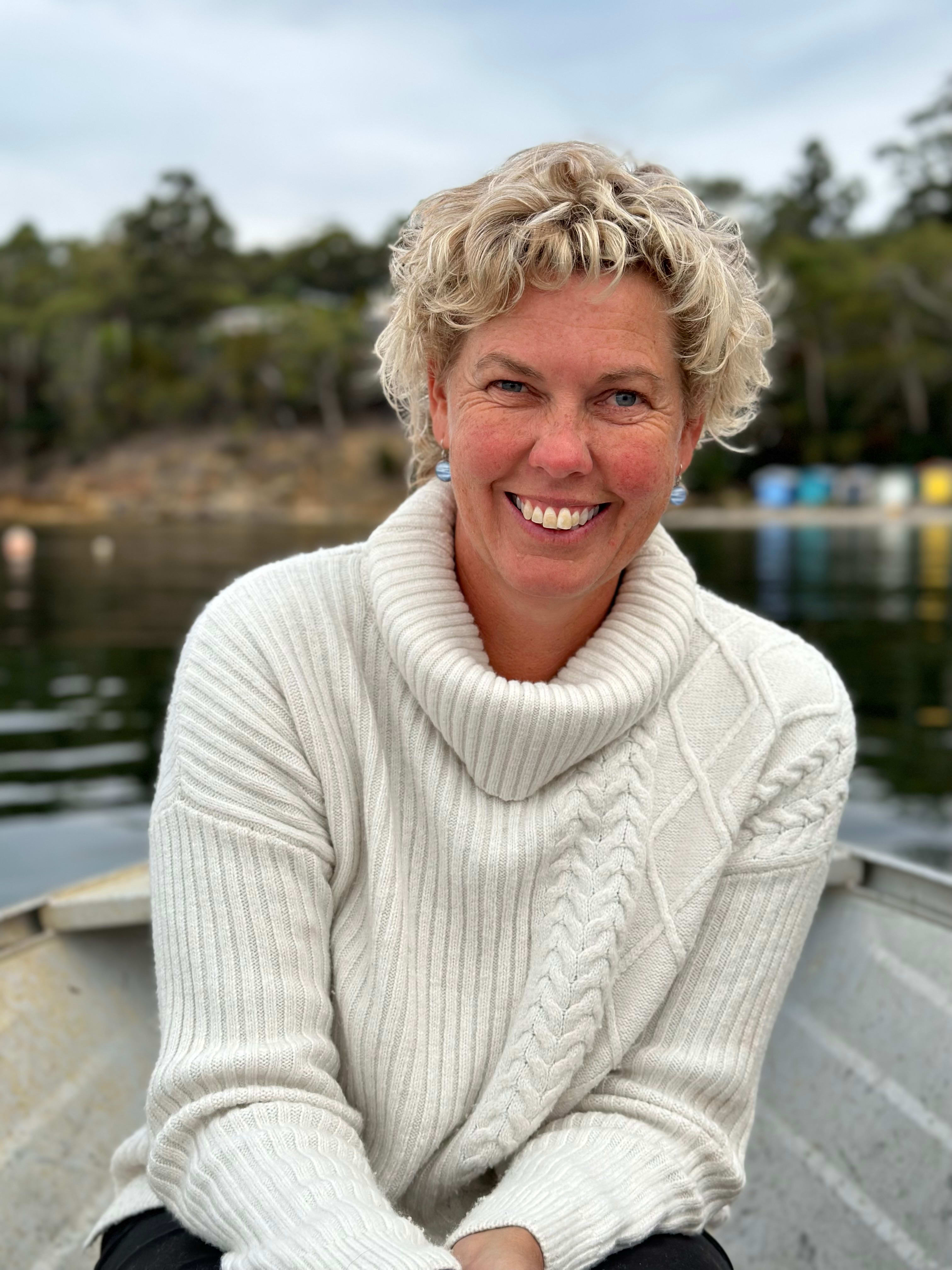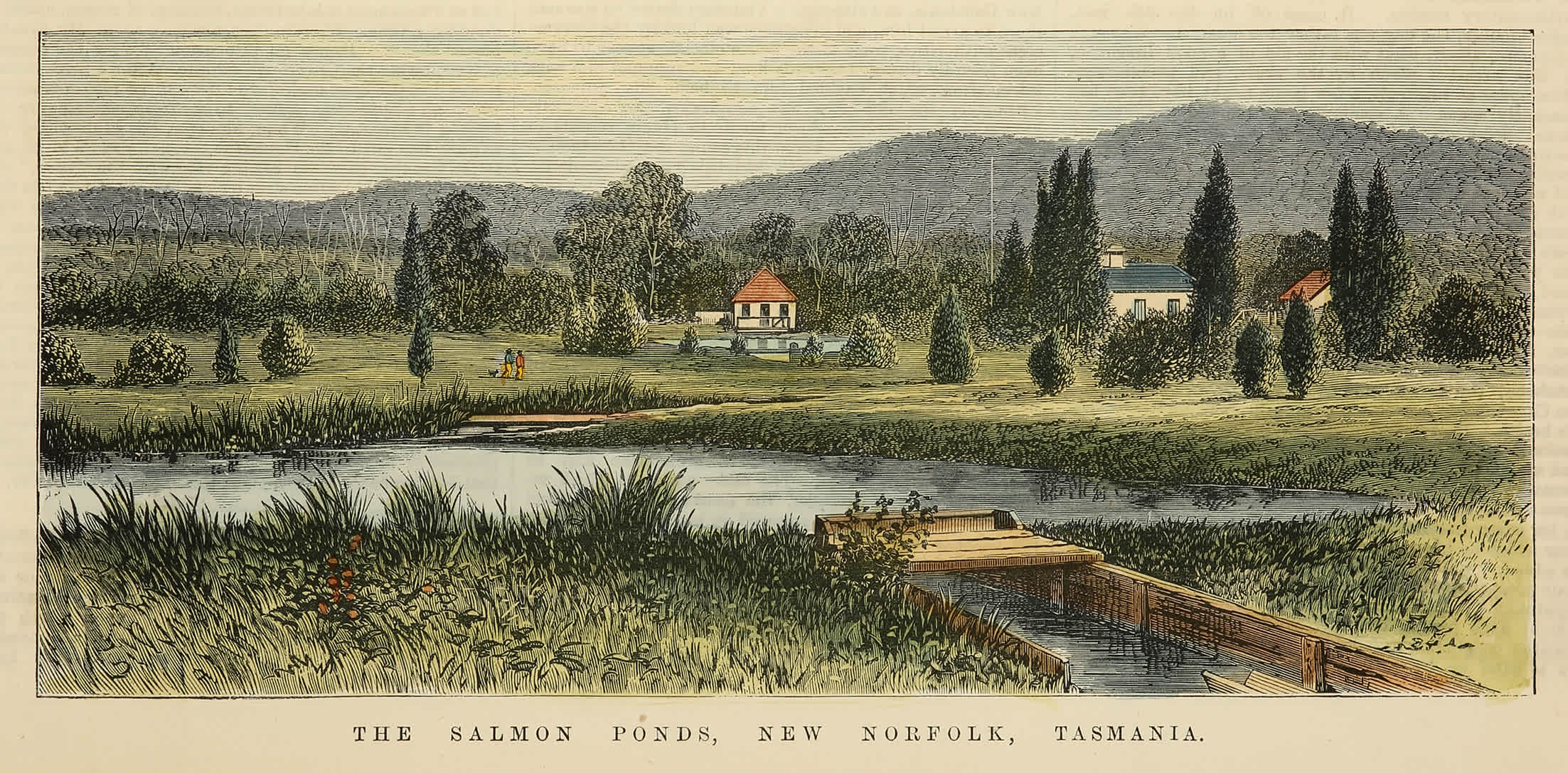I recently went hiking in Cornwall with an old university friend who convinced me to trek 17km of the North Coastal Trail one day, and a further 24km of the South Coast Path the next. He was sure I had the stamina to cover that distance in a weekend. I had my doubts.
He was right, I did have it in me, and I loved every minute. It’s that time of the year in England, when spring spills into summer, and the Gulf Stream gives the south-west its slightly warmer climate.
My friend told me about local myths and legends, as we made our way past sandy beaches and mysterious coves. Looking out to sea from a remote beach, where we stopped for lunch, I learned how the edge of the famous Cornish pasty, which is crimped into a thick crust, was especially designed for the tin and copper miners who had no way of washing their hands down mine shafts.
On one of the days, I was directed to the old port town of Fowey, where Daphne Du Maurier once lived. In the heart of the port, an oversized statue of an ominous black crow reminds visitors of the eminent local writer, who wrote classics such as, The Birds and Rebecca. One of her novels, Jamaica Inn, based on a famous smuggling inn on Bodmin Moor, makes regular references to Launceston, which is located to the west of the UK’s River Tamar. Her book inspired me to visit the British version of this town one day, where I was promptly corrected on the pronunciation of “Launceston” by locals.
I think that most Tasmanians may have begged to differ.
Breathing in Cornish air and taking in the scenery, rich in green shrubs and heather, certainly helped me take my mind off the steep coastal valley pathways. By the end of the day, I had no sensations left in my feet, and my legs were scarcely cooperating with me, but the pub at the end of the hike soon numbed the symptoms of my complaints.
In truth, I haven’t felt this vibrance since sauntering Tasmania’s myriad coastal paths. Walking in Cornwall echoed the innumerable footsteps I rambled through the island state, and memories flooded back with every footstep. I suddenly thought of the jaunts I took to Mount Field National Park, or going into the ancestral heart of kunanyi, where nestled in its vegetation and fern glades, exists Wellington Falls.

Each physical step was stirring an emotional step; a sense of wellbeing, like being reunited with a beloved friend. My mind suddenly recovered clear memories of my favourite trek: the Taroona Coastal Discovery Trail. A regular local haunt of mine, that would help recharge the brain and repair the soul no matter the weather, irrespective of the season. Many a day had been spent juggling work pressures and hustling children to swimming lessons or going to Long Beach playground – often under duress – for impromptu playdates.
It struck me that regardless of the day’s demands, nothing could lure me away from a gentle stroll or a vigorous run along the coastal path to Kingston.
I remember being transfixed with the view (I fell once), always glimpsing at the hilly horizon, through gaps in the eucalyptus trees while slowly shedding all human inconsequentialities along the way. As I soared high above on the cliff’s edge, Storm Bay fired its rolling waves towards the prehistoric rocks below me. It was always the perfect setting for a temporary escape.
In retrospect, it became akin to an addiction, and it has taken me 18 months since leaving Tasmania’s pristine shores and rugged landscape, to reignite that fulfilment buried deep within. My recent hike has prompted me to resurrect my love of nature. The natural world serves to remind me not to fight and control the things I have little power over; instead, it breathes sense into my lungs, and creates a sacred space in which to enjoy the peace of a perfect moment.
Clarissa Horwood grew up in Oxford, courtesy of her English father, and spent all her childhood holidays with relatives in France, courtesy of her French mother. She has a keen sense of the ridiculous, and can swear better in Spanish than either English or French. Despite being so thoroughly European, she married an Australian and moved to Hobart in 2013. Their three children are adept at switching accents. The family returned to Oxford in 2020 to be with Clarissa’s mother during Covid-19, and the move was such a major upheaval that it looks likely to be permanent. Her column, Letter from Oxford, will be about memories and connections between two cities a world apart, but it will be written in a Tasmanian accent.








